 Abraham Lincoln
If given the truth, the people can be depended upon to meet any national crisis...
Abraham Lincoln
If given the truth, the people can be depended upon to meet any national crisis...
 Guildford news...
for Guildford people, brought to you by Guildford reporters - Guildford's own news service
Guildford news...
for Guildford people, brought to you by Guildford reporters - Guildford's own news service
Birdwatcher’s Diary No.53
Published on: 14 Jan, 2014
Updated on: 14 Jan, 2014
By Malcolm Fincham
With great optimism and having spent my past two diary reports out of the Guildford area, I decided to start the new year with my feet firmly placed on my local patch along the river between Stoke and Bowers Locks.
This also including a visit to Stoke Lake where I took advantage of a brief spell of sunshine mid-morning on Thursday, January 2. The rain from the previous day on the already saturated soil certainly made the going tough. Although my feet weren’t so firmly placed as I had hoped, it gave me a good opportunity to christen my new and fully waterproof boots.
With the river starting to breach its banks once again and continuing to rise during my walk, they became an essential type of footwear and a pleasing investment.
Crossing the boardwalk in the direction of Stoke Lake added a few species to my day list, including a picture of a reed bunting.
On taking the path leading in the direction of the Spectrum leisure centre, I found the footpath inaccessible due to flood water. So I took to higher ground across the field and headed back in the direction of Stoke Lake. Here small flocks of meadow pipits could be seen along with pied wagtail, redwing and fieldfare flying up from the grassland disturbed by my presence.
In the distance on one of the picnic tables by the lake sat a kestrel. Unfortunately, although I managed a few distant shots, with its keen eyes it could also see me.
It took to the air circling the field several times before disappearing out of sight.
The lake itself was surprisingly quite in the way of wildfowl; surprisingly most of the tufted ducks having taken to dry land on the island.
Arriving back at the river’s edge and looking out in the direction of Burpham Court Farm, from one of the few areas of towpath not breached by the river, more than 70 lapwing could be seen taking to the air.
Although lapwings tend to be scared by the slightest disturbance, it’s always worth looking out for a bird of prey that may have spooked a large flock of waders, such as these, into the air.
This was most certainly the case on this occasion, as seen flying in my direction was a buzzard being mobbed by a carrion crow allowing me a few record shots.
Further down the river beyond Bowers Lock the scenery was much the same, with the field which last year supported a quartering barn owl now flooded and looking more suitable for a fishing osprey.
Returning along the towpath I could see the river had noticeably risen by a good six inches since I had set out just a few hours earlier. By the time I got back as far a Stoke Lock, and with water starting to get so deep in areas across the towpath, I decided my best route home was to take to the path past the lock keeper’s cottage in the direction of Slyfield recycling depot.
This area is a good place in winter to see bullfinches along the hedgerow. Although a shy bird and often only recognised by its white rumps as its flies away, I was pleased to count at least eight, and even got a recorded shot of five feeding on the ground. I also took a picture picture of a male sitting on the edge of a bush completing, thus my day quite nicely.
In spite of the weather once again deteriorating, by early afternoon on Sunday, January 5, I followed up on reports I had heard of a rarely seen vagrant visiting bird to the UK.
The glossy ibis is certainly a rare sighting in Surrey. According to my research, checking my ‘Birds of Surrey’ bible, by local author Jefferey Wheatley, the last one to be reported was shot (as most birds that moved were it seems in days gone by) at Whitmoor pond in 1833!
Fortunately these days most people are better educated and prefer to shoot and keep records on camera instead of with a gun. This particular bird was possibly put off course by recent strong Atlantic winds. It had landed in what was one of many flooded fields on the upper stretches of the River Wey at Frensham.
Although it had been quite ‘mobile’ since it was first reported on January 3, I was fortunate on my arrival to see it just as it was making a return to what seemed to have become its favourite spot close to St Mary the Virgin Church. With light conditions so poor, I was only able to get a few record shots. It wasn’t until my return on January 9, that I was able to get some better pictures in more pleasing conditions.
On January 6, I made an attempt to return to Stoke. Unfortunately this time my trip turned into a latest flood update with my only inspirational sighting being a robin by Stoke Lock cottage singing contently unperturbed by the surrounding water. As for me, the water breeching the river had become far too deep even for my new boots!
Changing plans, I decided to visit Cuttmill Pond in Puttenham to follow up on reports of the arrival of (as in my report about this time in my last year) as many as 16 goosander. Although only seeing six myself, this time, my pictures were better than last year
It was again with much optimism, knowing how flooded it would still be, to arrange a trip with an old school friend Mark on a dawn trip to Pulborough Brooks on Friday, January 10.
With parts of the trail still inaccessible and one of the hides still ‘out of bounds’ due to the flooding, it made for an interesting walk. Although there had been a frost overnight, the sound of woodpeckers drumming in the trees made it feel rather spring-like.
Although views across the Brooks were rather stunning as the sun began to rise, we only managed distant views of the wildfowl which included pintail, teal,wigeon and shelduck.
My best pictures and views came at the end of the outing and at the spot I most look forward to – sitting outside the visitor centre with a breakfast bap and a mug of coffee while watching the pleasant variety of birds on the feeders.
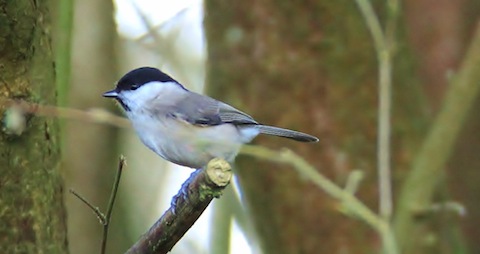
My most pleasing picture to date of a marsh tit as it prepares to visit a feeder at Pulborough Brooks.
Although not making regular visits, every now and then an unusual customer would arrive – a marsh tit. Click here for more.
What a delight! Often, being such a timid bird and disappearing back out of sight within a blink of the eye, I was even more delighted to capture a number of pictures that including one as it was preparing to visit the feeder.
Then there was a real bonus record shot as a second joined in and paid a visit.
Responses to Birdwatcher’s Diary No.53
Leave a Comment Cancel replyPlease see our comments policy. All comments are moderated and may take time to appear.
Recent Articles
- Guildford Institute’s Crowdfunding Project for Accessible Toilet in its New Community and Wellbeing Centre
- Letter: Guildford – Another Opportunity Missed?
- Letter: GBC’s Corporate Strategy – Where Is the Ambition?
- My Memories of John Mayall at a Ground-breaking Gig in Guildford Nearly Six Decades Ago
- Westborough HMO Plans ‘Losing the Heart of the Street’ Says Resident
- College Invests to Boost Surrey’s Economy and Close Digital Skills Gap
- Community Lottery Brings Big Wins for Local Charities
- GBC Housing Plan Promises ‘A Vibrant Urban Neighbourhood’ Near Town Centre
- Hospital Pillows ‘Shortage’ at the Royal Surrey
- Updated: Caravans Set Up Camp at Ash Manor School


Recent Comments
- Ian Macpherson on Updated: Main Guildford to Godalming Road Closed Until August 1
- Sara Tokunaga on GBC Housing Plan Promises ‘A Vibrant Urban Neighbourhood’ Near Town Centre
- Michael Courtnage on Daily Mail Online Reports Guildford Has Highest-paid Council Officer
- Alan Judge on GBC Housing Plan Promises ‘A Vibrant Urban Neighbourhood’ Near Town Centre
- John Perkins on GBC Housing Plan Promises ‘A Vibrant Urban Neighbourhood’ Near Town Centre
- S Collins on GBC Housing Plan Promises ‘A Vibrant Urban Neighbourhood’ Near Town Centre
Search in Site
Media Gallery
Dragon Interview: Local Artist Leaves Her Mark At One of England’s Most Historic Buildings
January 21, 2023 / No Comment / Read MoreDragon Interview: Lib Dem Planning Chair: ‘Current Policy Doesn’t Work for Local People’
January 19, 2023 / No Comment / Read MoreA3 Tunnel in Guildford ‘Necessary’ for New Homes, Says Guildford’s MP
January 10, 2023 / No Comment / Read More‘Madness’ for London Road Scheme to Go Ahead Against ‘Huge Opposition’, Says SCC Leader
January 6, 2023 / No Comment / Read MoreCouncillor’s Son Starts Campaign for More Consultation on North Street Plan
December 30, 2022 / No Comment / Read MoreCounty Council Climbs Down Over London Road Works – Further ‘Engagement’ Period Announced
December 14, 2022 / No Comment / Read MoreDragon Interview: GBC Reaction to the Government’s Expected Decision to Relax Housing Targets
December 7, 2022 / No Comment / Read MoreHow Can Our Town Centre Businesses Recover? Watch the Shop Front Debate
May 18, 2020 / No Comment / Read More



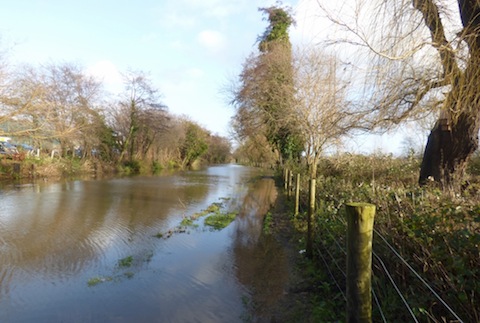
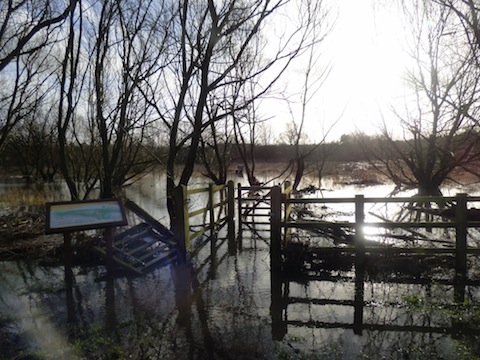
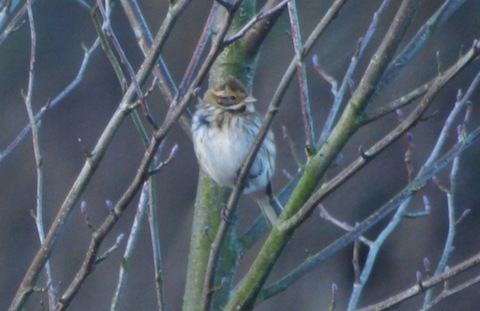
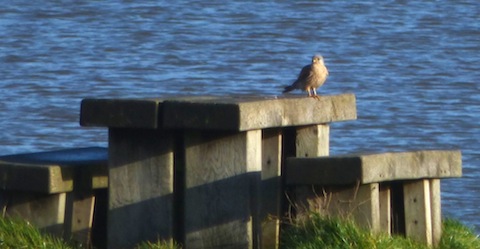

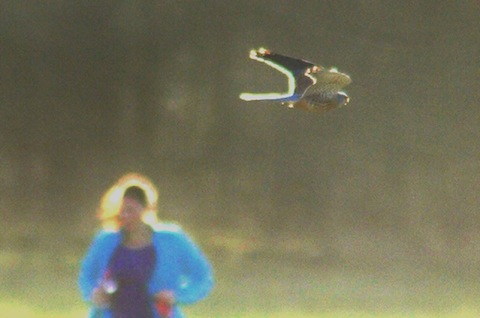
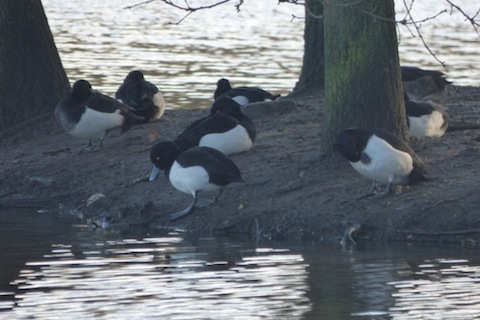


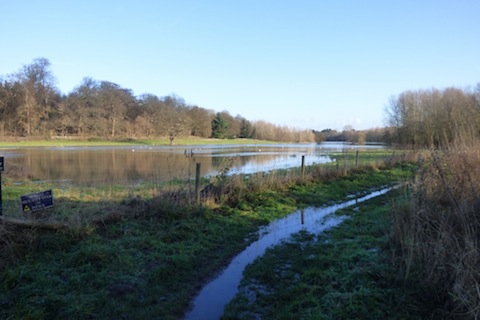
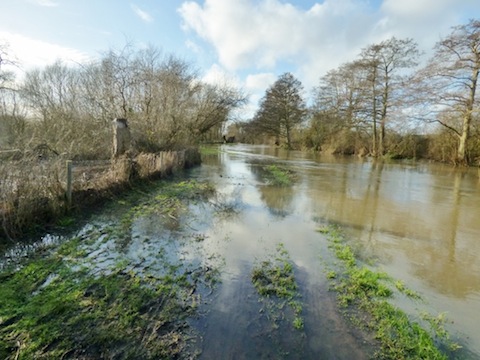
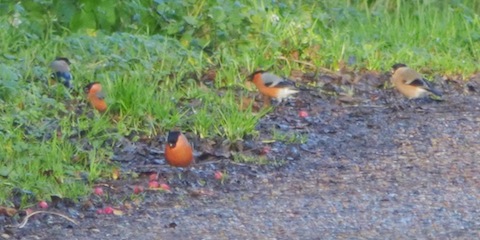

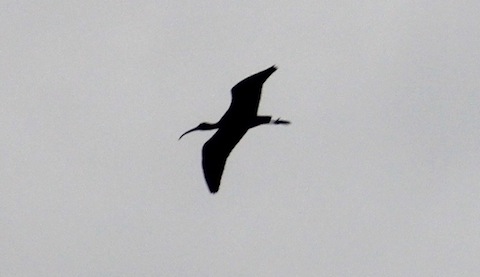
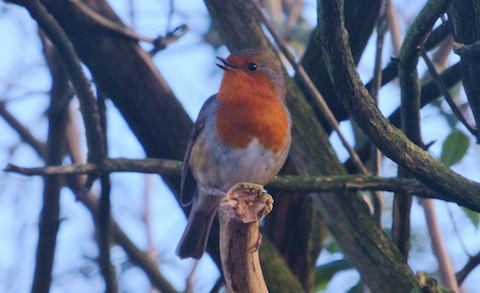
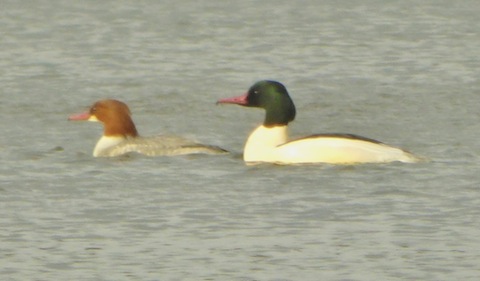
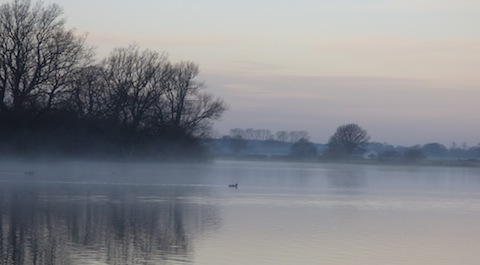

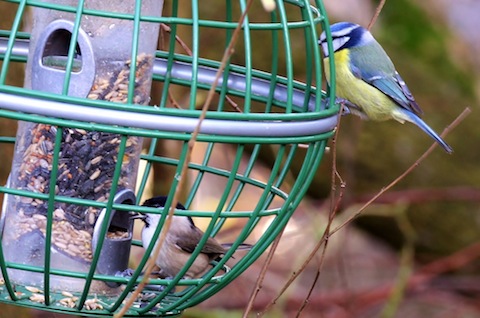
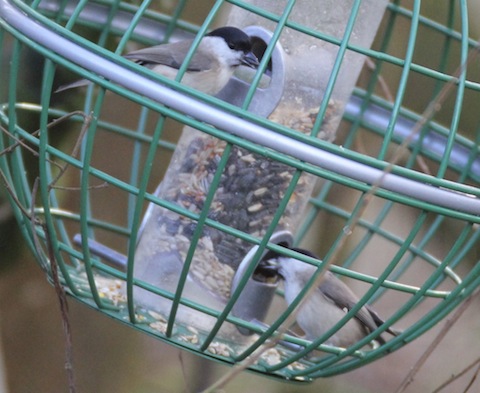






John Schluter
January 14, 2014 at 11:35 pm
I thought Malcolm may appreciate this photo I took a week or so ago of one of my regulars.
I think it will be appreciated by many readers. Thank you for sending it in. Ed.
[caption id="attachment_28170" align="aligncenter" width="475"]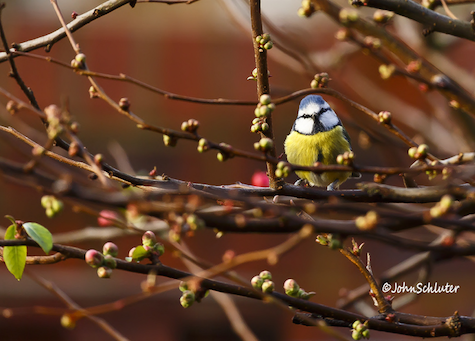 John’s bluetit[/caption]
John’s bluetit[/caption]
Pauline Surrey
January 15, 2014 at 5:23 pm
Thank you, Malcolm and The Dragon, for these wonderful reports. We are so lucky to get them on such a regular basis.